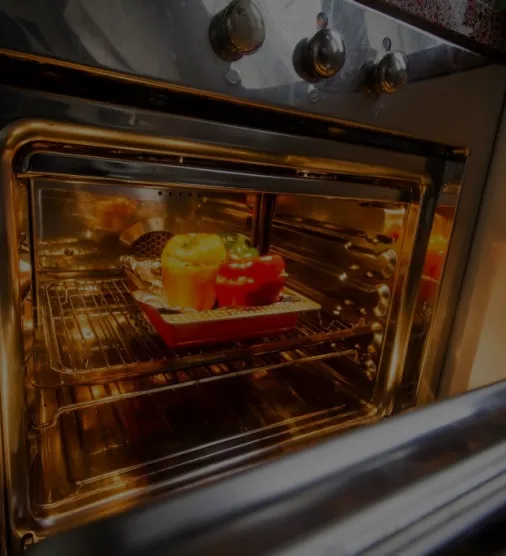Call Us Now: (587) 952 7077
Opening Hours: Mon - Fri: 7am - 7pm; Saturday: 7am - 3 pm
Call Us Now: (587) 952 7077
Opening Hours: Mon - Fri: 7am - 7pm; Saturday: 7am - 3 pm

Broiler element might have burnt out. When the broiler element heats up correctly, it glows a reddish-orange color. If the element does no glow, then it’s not heating. If the element has burnt out, it is usually visible damaged. The broiler element should be checked for any cracks or bubbles. Using a Multimeter, test the continuity of the element to determine if it has been burned out. If there is no continuity on the broil element, you should replace it.
The igniter lights up to ignite gas in the burner. As the oven heats, look at the igniter to see if there is a problem. If the glow of the igniter lasts more than 90 minutes without igniting a gas flame, then the igniter must be weak. Replace it if you find the igniter weak.
A control board is used in many ovens to send voltage to a broil element or an igniter. If the control panel is defective, voltage may not reach the component. In this case, the oven will not broil. Check the board for any signs of damage or a faulty component. You can also test the voltage at the broil element and igniter using a multimeter after reviewing the appliance wiring diagram.
The gas is ignited using an oven broiler spark electrode. The electrode sits next to the broiler. It is similar to a spark plug. The spark is ignited by the gas when the power is applied. A spark can be prevented if the electrode has been damaged or worn. Visually inspect the assembly to check for damage or cracks on the porcelain housing. It is important to note that a good grounding and correct polarity are required for the electrode to detect the flame when the burner is lit. Check for the correct ground and polarity of the wall outlet if your burner stops working after ignition.
The thermostat is used to regulate the broiler’s temperature. A defective thermostat can cause the element to not heat. The oven’s thermostat cannot be repaired.
You may have a burned wire that powers the broiler element or igniter. Usually, these wires burn out close to the heating element. Check the wires connecting the element to the igniter or element. It is not uncommon for a burned-out wire to be visible.
relays. These relays control the voltage going to the broiler heater circuit. In the event that one or several relays on your relay board are not working, you will be unable to use the broil element. Fortunately, this is a rare occurrence. First, check that all heating components are working properly in the oven. If the relay is faulty, then the fault could be with the heating component. Replace the defective relay board.
The oven control boards have relays that deliver voltage according to user settings and sensor input to the bake or broil circuits. When the control is defective it can prevent voltage from reaching the broil element. This rarely happens. It is important to test each heating component before replacing your control board. The oven control panel is difficult to test, so you’ll need to replace it when you suspect that the board is defective.
The safety gas valve and the oven igniter work together to deliver gas to the flame. If the safety-valve fails, then the oven won’t be heated. Safety valves fail very rarely. Test the ignition system before you replace the safety switch. If all the other heating components function properly, you can use a Multimeter to test for continuity. If the valve is not conductive, replace it.
Often the valve and regulator of pressure are misdiagnosed. Replace the valve and pressure-regulator only after testing the more common defective components. For easier repairs of GE and Thermador ovens, read our manual.